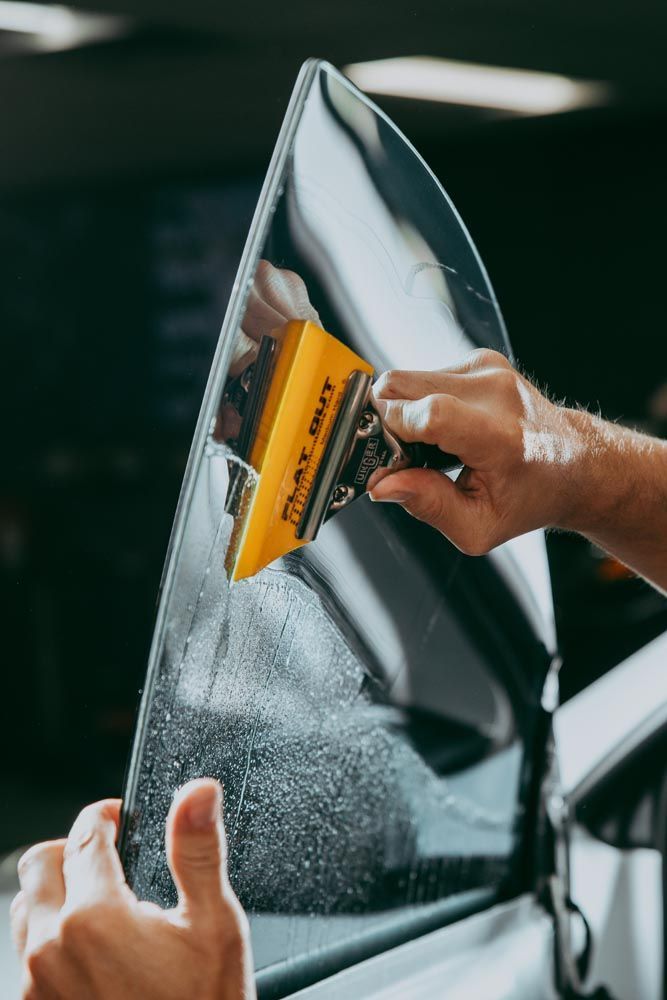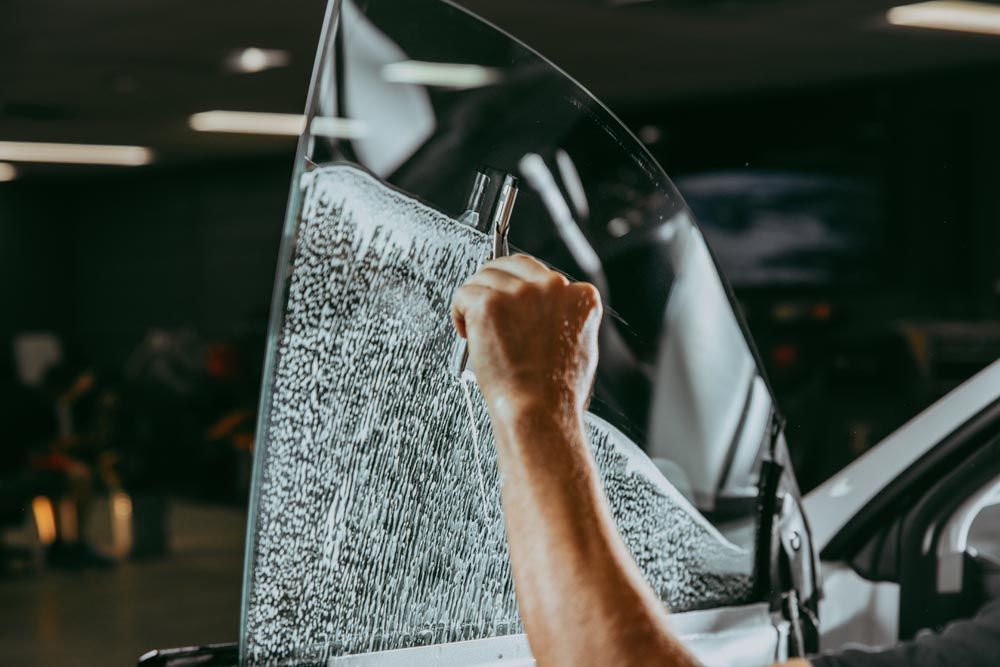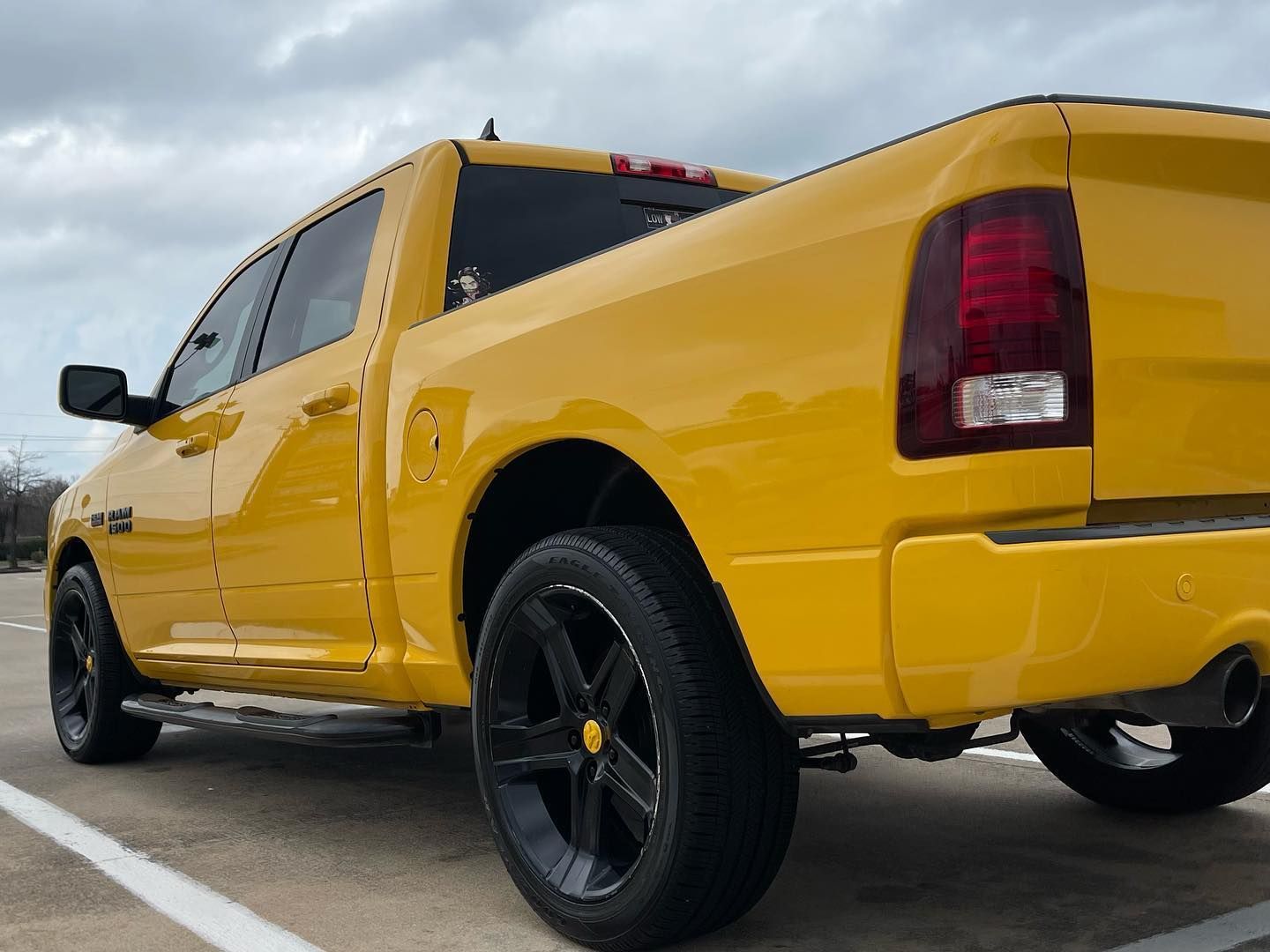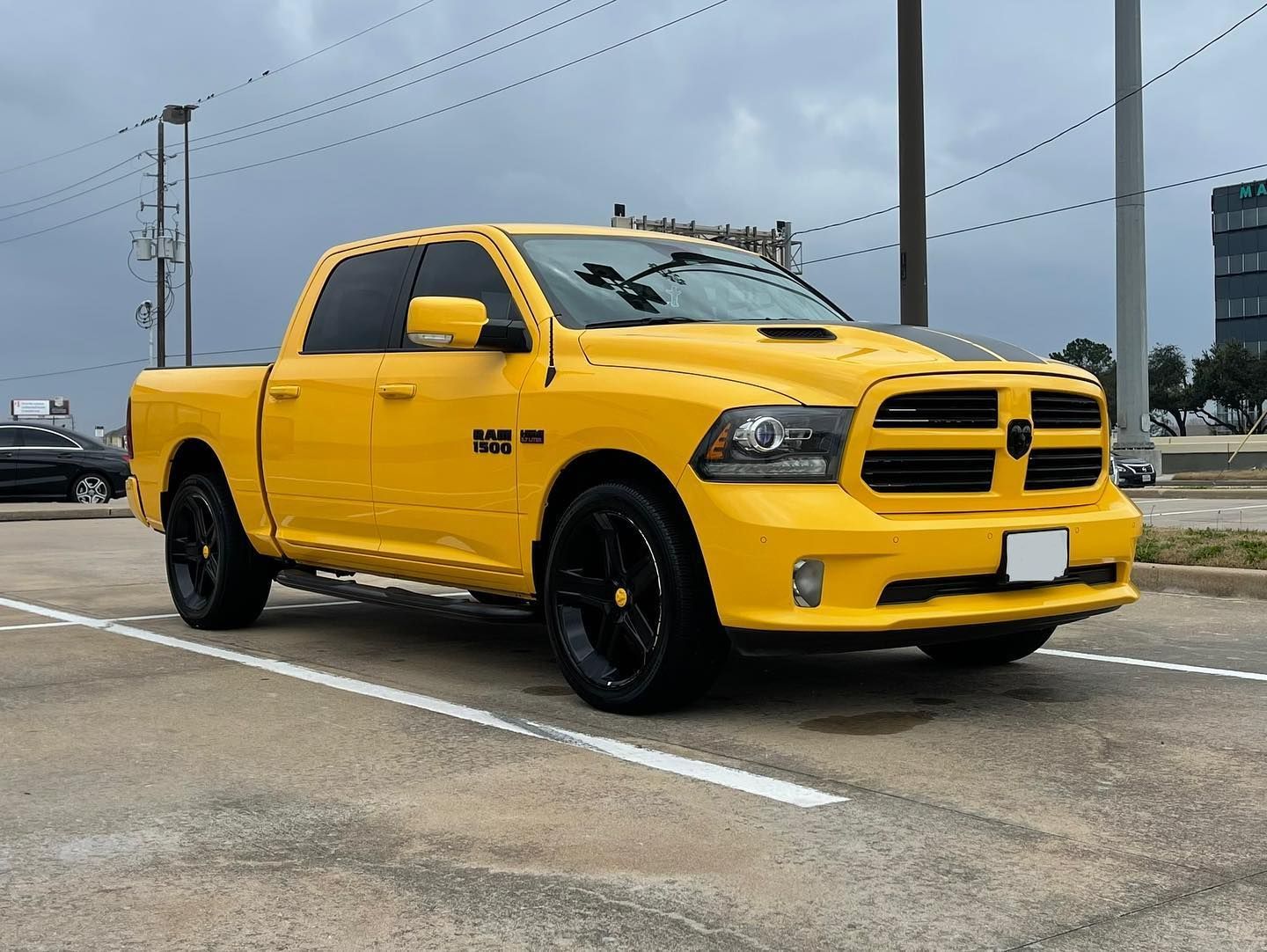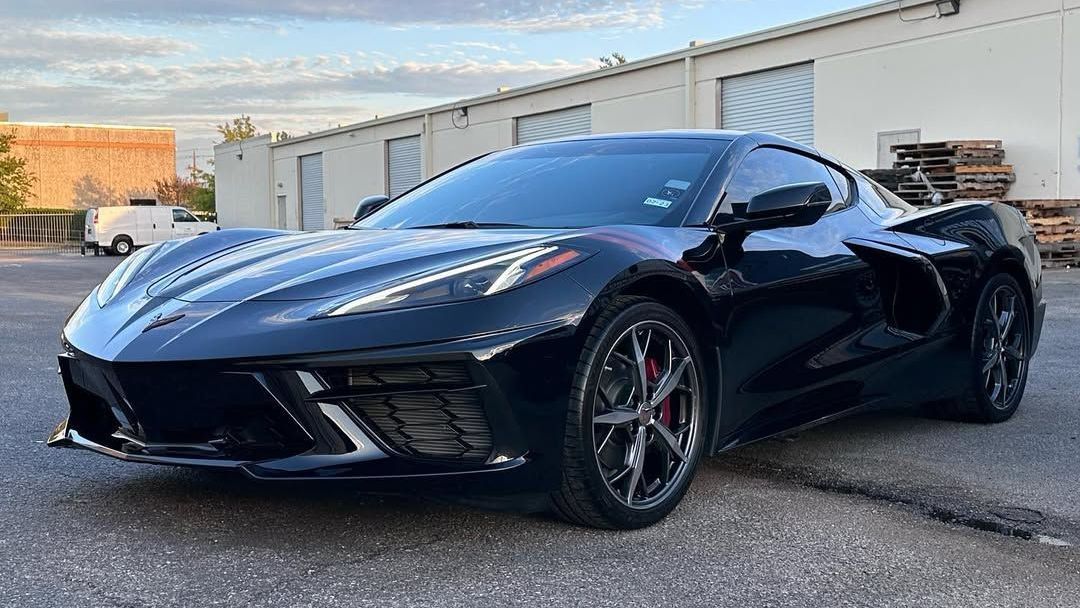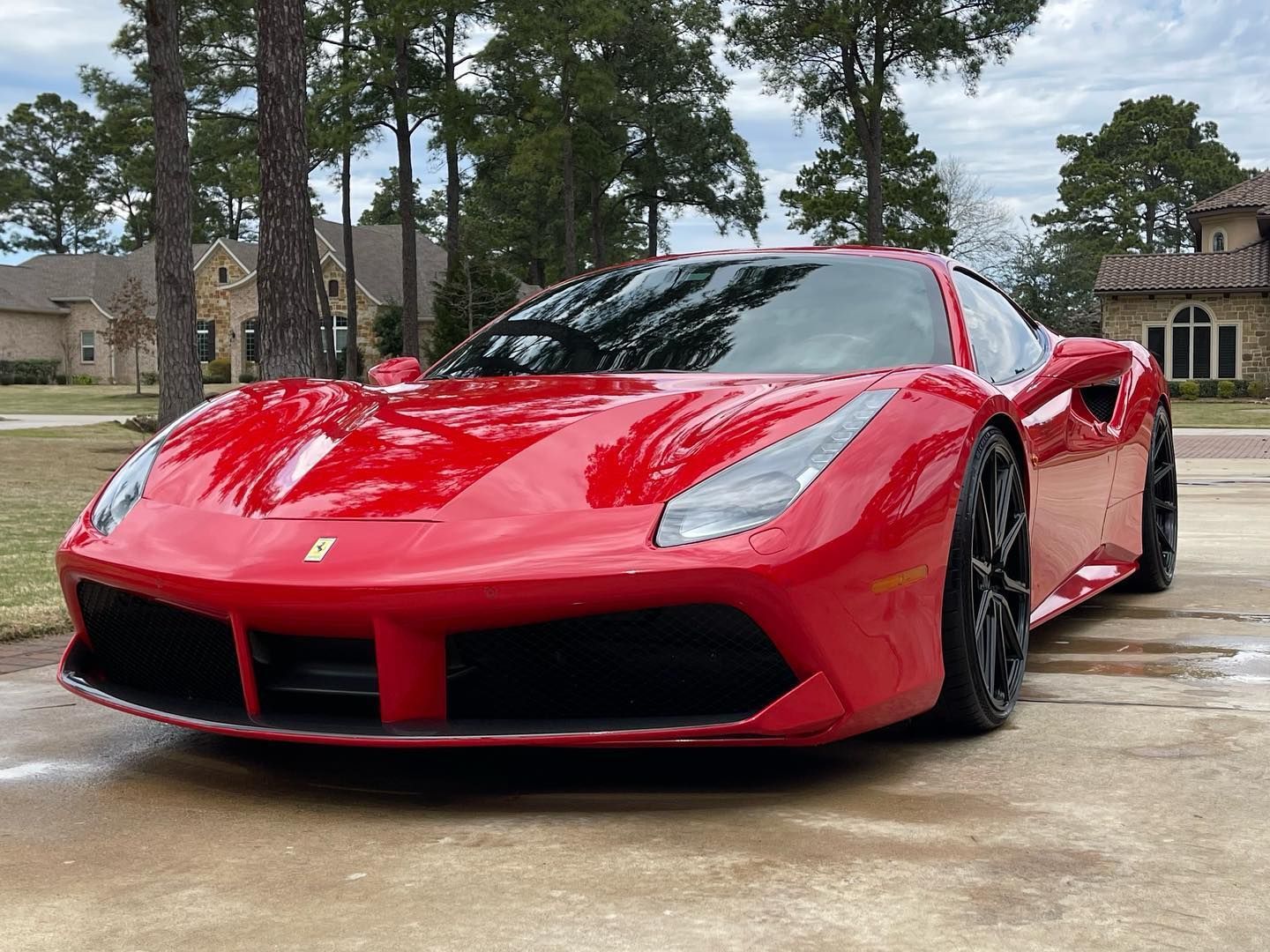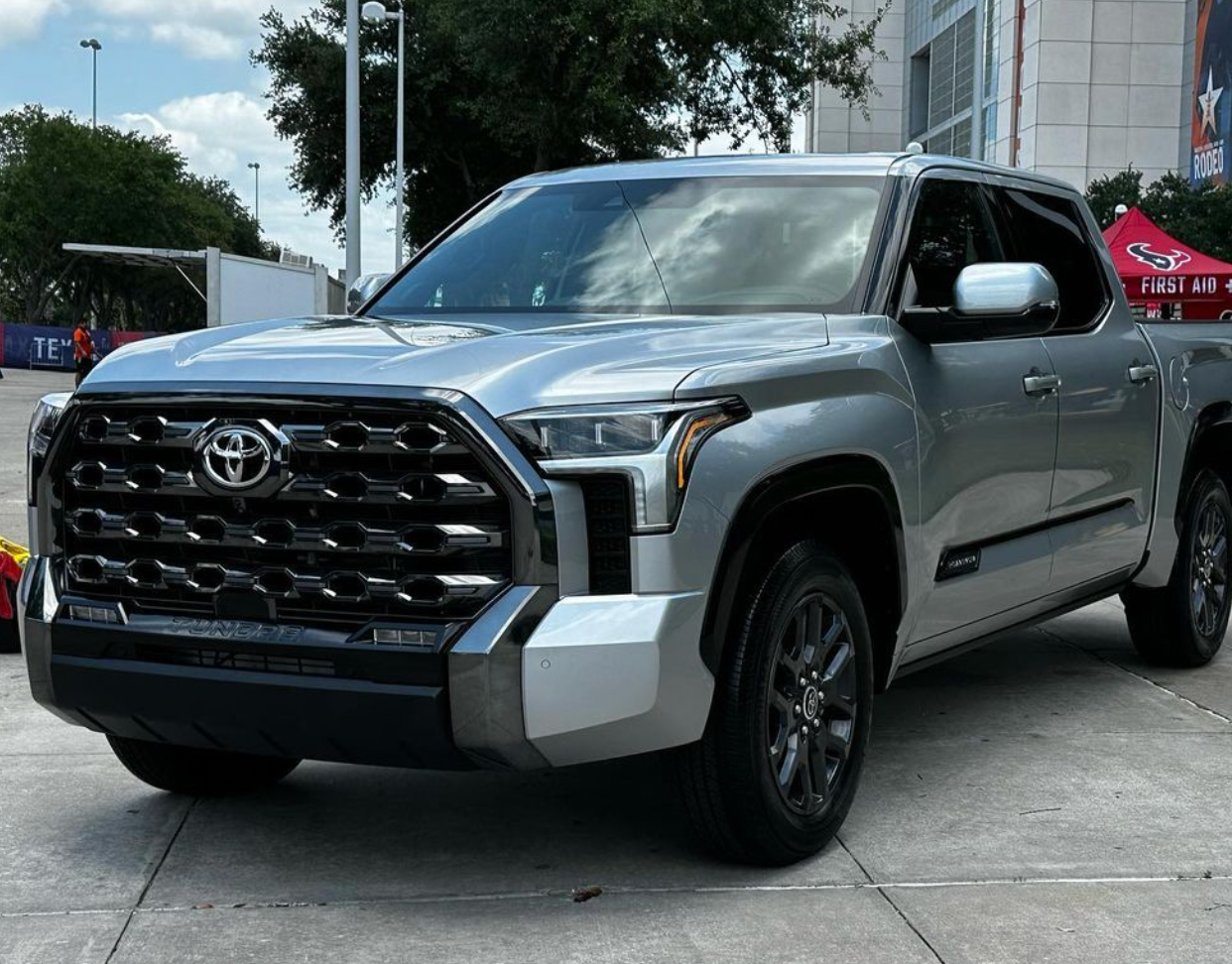The Role of Auto Tint in Reducing Harmful UV Exposure: Benefits for Your Vehicle and Skin
GET A QUOTE NOWCALL (281) 705-3482
When you think about your car, you might imagine the shiny paint or the comfortable seats, but have you ever considered how much sunlight it faces every day? Just like your skin needs protection from harmful UV rays when you're outside, your vehicle does too. That's where auto tint comes in. Not only does it help keep your car's interior looking fresh by blocking those damaging rays, but it also safeguards your skin during long drives. In this article, we'll explore the many benefits of auto tinting, showing you why it's a wise choice for both your health and your car's longevity.
Auto window tint significantly reduces harmful UV exposure by blocking up to 99% of UVA and UVB rays, which helps protect both skin health and the vehicle's interior. By applying window tint, drivers can enjoy added protection against skin damage and fading of upholstery caused by prolonged sunlight exposure.
How Car Window Tint Blocks Harmful UV Rays
Car window tinting is more than just a stylish upgrade—it's a smart investment in your well-being and the longevity of your vehicle. The thin film, typically made from polyester, serves a critical function by containing materials that actively absorb and reflect UV radiation. This film efficiently blocks an impressive amount of ultraviolet rays, often up to 99%, shielding both passengers and vehicle interiors from potentially harmful effects.
- The Power of UV Absorption: At its core, the special coating on window tint films utilizes advanced optical technology. This technology focuses on two primary types of ultraviolet rays: UVA and UVB. While standard glass can block a significant portion of UVB rays—which are responsible for sunburns—UVA rays penetrate deeper into the skin, leading to long-term damage such as premature aging and an increased risk of skin cancer. Tinted windows excel in providing a continuous protective barrier while you drive, offering more reliable protection than intermittent sunscreen application. High-quality tints combine strength with exceptional clarity. These films reject heat and block both UVA and UVB rays without compromising visibility inside the car, ensuring you benefit from excellent sun protection while enjoying a clear view. Individuals who spend extensive periods driving are at a greater risk for skin ailments due to UVA exposure, often occurring on the side of their body that faces the window.
- Long-Term Benefits Beyond Protection: The advantages of window tinting extend beyond skin health alone. By diminishing the sun's relentless rays, car window tinting helps preserve your vehicle's interior. Upholstery stays vibrant longer, dashboards resist cracking, and plastic components are less likely to warp—all because the tint reduces heat entering through the glass. This means that when you step inside your car on a sweltering summer day, you'll find that it remains significantly cooler compared to untreated vehicles.
Health, Safety, and Additional Benefits
Window tinting is much more than just an aesthetic enhancement; it's a significant shield for both your skin and your vehicle. Prolonged exposure to harmful UV rays can lead to serious health risks like skin cancer. Regular car users, particularly those who drive for a living, are especially vulnerable because they are exposed to the sun on one side of their body for hours at a time. With window tints blocking up to 99% of these harmful rays, you're taking a critical step in protecting yourself against potential skin damage and premature aging. The majority of nonmelanoma skin cancers are associated with UV exposure. Additionally, with quality window tint, you're enhancing the overall comfort of every journey. Reducing UV penetration also means less heat enters the vehicle, creating a win-win situation. On hot days, tinted windows can keep interior temperatures down by as much as 60%, which lowers reliance on air conditioning and ultimately saves on fuel costs.
Enhanced Road Safety
The impact of window tints extends beyond just UV protection. They also play a substantial role in improving road safety. Glare from the sun or oncoming headlights can cause eye strain and diminish visibility, leading to accidents. When you install window tinting, it helps reduce glare significantly, thus enhancing your driving experience. This feature can be especially beneficial during dusk or dawn when the sun is most blinding.
Protection for Your Vehicle's Interior
One often overlooked aspect of window tinting is its capability to protect your vehicle's interior. Harmful UV rays not only affect human skin but can also wreak havoc on upholstery materials, leading to fading and degradation over time. Tinted windows act as a protective barrier against this wear, ensuring that your vehicle's seats and dashboard remain in better condition for longer. By investing in window tinting today, you're essentially preserving the vehicle's resale value tomorrow.
Beyond protection, tinted windows provide an added sense of privacy, making it difficult for passersby or potential thieves to see inside. A well-chosen tint can also elevate the look of your vehicle, giving it a sleek finish that many appreciate. By minimizing heat entry, you create a more comfortable ride without requiring excessive use of air conditioning.
Selecting the Right Automotive Tint
When it comes to window tinting, it's not just about picking a shade that looks good. Several factors contribute to your final choice, beginning with understanding the different types of tints available, each offering unique advantages and considerations.
Types of Tints
- Dyed Film: It is known for its affordability and aesthetic appeal. This type uses a layer of dye to absorb solar energy. While this option provides a darker look and enhances privacy, it doesn't excel at heat reduction, making it less suitable for extremely hot climates.
- Metalized Film: They incorporate tiny metallic particles that reflect sunlight away from the car. Not only does it reduce UV rays effectively, but it also offers better heat rejection compared to dyed films. However, the metallic content may interfere with radio or GPS signals, potentially affecting electronic devices in your vehicle.
- Carbon Film: It is lauded for excellent performance. Carbon tints block infrared radiation while minimizing any signal interference, making them a favorite among those who want reliable heat reduction without compromising on functionality. They are typically more expensive than dyed films but often provide greater value in terms of durability and performance.
- Premium Film: They represent the highest tier of window tinting options. These films reject heat and UV rays without affecting visibility, offering exceptional clarity and durability at a premium price point. If you're looking for long-lasting quality without sacrificing aesthetics or function, this could be your best choice.
Important Considerations
With a clearer understanding of these options, you'll want to consider various factors before making your final decision. Evaluate your priorities: Are you seeking cost-effectiveness, aesthetic appeal, or maximum functionality? While saving on costs is tempting, being aware of local regulations regarding tint darkness is equally important, as violating these laws could lead to fines or necessitate costly removal.
Take your time when making this decision. Consider how each option interacts with your car's interior color scheme and style. Some drivers may prioritize signal retention over darkening in their choices, especially if they use GPS frequently. Investing in high-quality tints can yield long-term savings in comfort and energy efficiency as well.
Professional vs. DIY Tinting: Weighing the Options
When it comes to auto tinting, the choice between DIY tinting and professional installation is pivotal. Many enthusiasts are drawn to the idea of saving money by tackling the project themselves, but it's essential to recognize that there are potential pitfalls that could leave your car looking less than ideal.
- DIY Tinting: One of the main attractions of DIY tinting is the cost savings. Kits can be purchased at lower prices, offering an appealing alternative to professional installation. However, the quality of materials in many DIY kits often falls short. They may block a lower percentage of UV rays compared to professional-grade films that can block up to 99%. Installation errors such as bubbles or misalignment can lead to frustrating outcomes that could require you to redo the entire job. If you're handy and confident in your abilities, tackling a tinting project could be satisfying. With patience and practice, applying the film properly is possible, though be prepared for some trial and error along the way.
- Professional Tinting: Opting for professional tinting provides several compelling benefits. First and foremost, you get professional-grade results right off the bat. Expert installers utilize higher-quality materials specifically designed for optimal performance, ensuring that your windows not only look stunning but also provide significant UV protection without compromising visibility or signal reception. Most professional installations come with warranties ranging from several years, which can protect you against peeling or bubbling over time—issues that may be costly if they arise after a DIY job. While hiring professionals generally involves a greater initial expense, this investment can pay off in the long run when you factor in durability, aesthetic appeal, and peace of mind knowing everything was done correctly from the start.
Government Regulations and Legalities Surrounding Window Tints
Regulations around window tinting vary widely, reflecting local priorities regarding safety, aesthetics, and environmental factors. These laws aim to balance personal preference with public safety concerns, ultimately ensuring that drivers maintain adequate visibility while benefiting from the protective features of tinted windows. One of the most significant aspects of these laws pertains to Visible Light Transmission (VLT), which determines how much light can pass through a tinted window. In many areas, specific guidelines dictate allowable levels of tint darkness for various windows in your vehicle. Understanding what is permissible where you live is crucial before proceeding with any tinting project.
Ignoring these regulations can come at a cost. If pulled over for having illegally tinted windows, you may face hefty fines or even be mandated to remove the tint altogether. Moreover, traffic safety is always a concern: excessive darkness can reduce visibility during critical times, such as nighttime driving or inclement weather, putting both the driver and other road users at risk. Another important consideration is reflective tinting, which also falls under legal scrutiny. Many jurisdictions impose limits on how reflective a tinted window can be to prevent glare that might distract other drivers. It's essential to consult state or local resources beforehand, as well as professional installers who are knowledgeable about current regulations.
Tips for Maintaining Tinted Windows
Regular maintenance not only keeps your tinted windows looking pristine but also ensures they perform at their best. The first step is understanding how crucial it is to clean them correctly. Using a mild, ammonia-free cleaner is paramount, as ammonia can degrade the tint over time, causing it to peel or discolor. When you're ready to clean, use a soft cloth and make small circles as you wipe the surface. This method removes dirt while protecting the integrity of the film beneath. It's worth investing in quality cleaning products specifically designed for window tints. Handle your windows gently when rolling them up or down to avoid stress on the edges of the tint. Those delicate edges are particularly susceptible to peeling if snagged or pulled too forcefully. Additionally, keeping sharp objects away from the windows is crucial.
Besides cleaning and careful handling, conducting routine checks can help preserve your tinted windows' beauty and performance. Regularly inspect your window tints for bubbles or peeling, as these issues can become more pronounced if left unaddressed. If you find any bubbles, use a credit card or similar tool to gently push out air pockets toward the edge where they can escape freely. Another proactive approach involves protecting your tint from excessive heat exposure whenever possible. Parking in shaded areas or using sunshades when parked for extended periods significantly prolongs the life of your window films by minimizing heat buildup that accelerates wear and tear. By following these maintenance tips, you'll ensure that your tinted windows continue to protect both you and your vehicle for years while enhancing comfort and aesthetic appeal. Diligent care and attention can greatly extend the life of tinted windows, ensuring both safety and style remain intact over time.
Elite Window Tinting Services in Houston, TX
Protect your ride and upgrade your driving experience with Chow’s Detailing’s
window tinting services in Houston, TX. Our films provide a barrier against UV rays, help preserve your interior, and keep your cabin temperature under control even in the Texas heat. Designed for durability and installed with precision, our tints enhance both safety and style.
Contact us today
to get your vehicle tinted by Houston’s trusted professionals!

